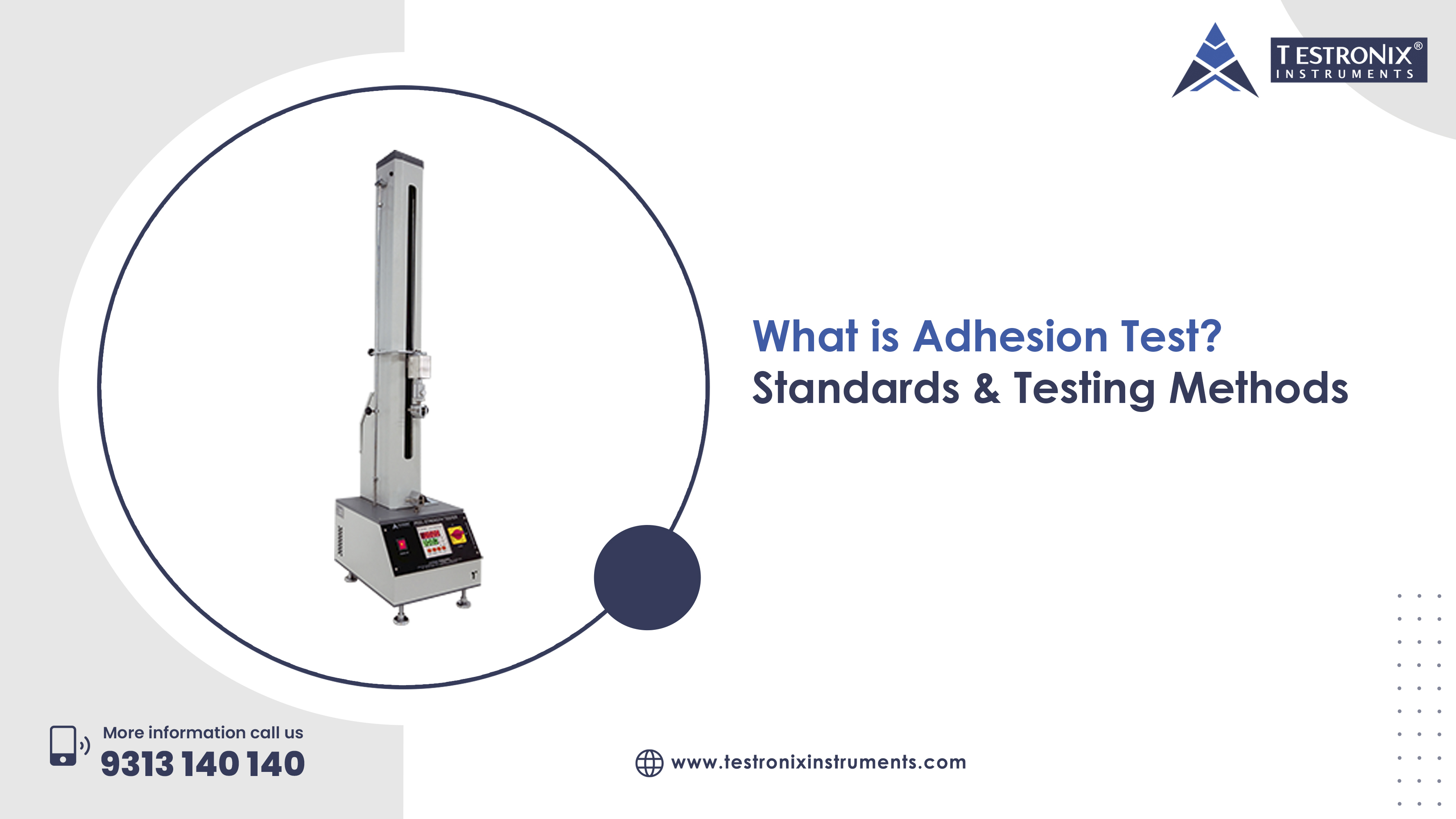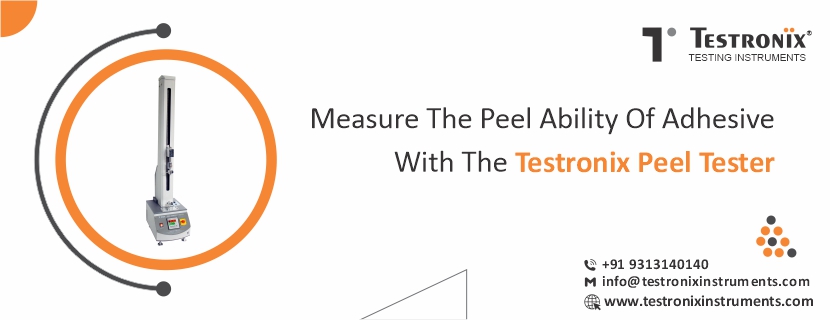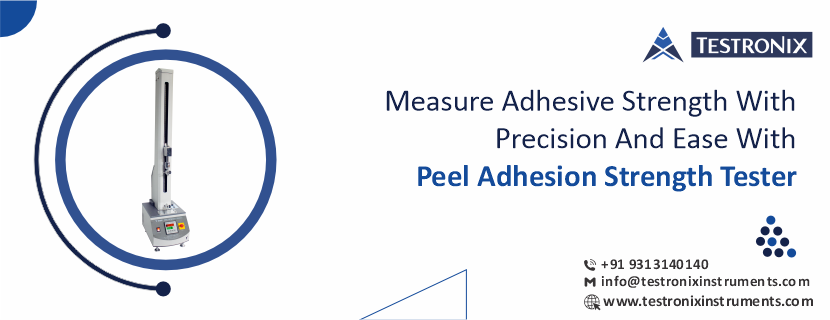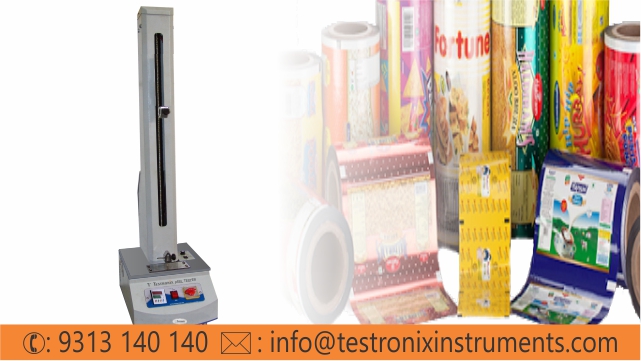Adhesion tests are quality control procedures used on coatings, paints, and surface treatments. An adhesion test measures how well a coating or paint sticks to a substrate, focusing on durability, resistance to peeling, and overall performance of the applied layer. Poor adhesion can lead to early failure, corrosion, or visual problems, making adhesion tests an essential part of production and material testing.
What is an Adhesion Test in Paint Industry?
An adhesion test measures the strength of the bond between two materials. It is used to determine the amount of force needed to separate the bonded surfaces. The results of the adhesion test help assess the quality of adhesives, tapes, coatings, laminates, films, and sealants. Adhesion testing is widely used in various industries, including automotive, aerospace, construction, and manufacturing.
-
Maintaining long-term performance of coatings.
-
Preventing peeling, blistering, or flaking.
-
Evaluating surface preparation quality.
-
Choosing appropriate primers and coatings.
What are the Different Adhesion Testing Methods
Peel Test (180°, 90°)
The peel test measures the force to strip away a flexible coating or material from a substrate. It tests the adhesive strength in tension and finds application in laminates, tapes, and protective films.
-
180-Degree Peel Test: The 180 Degree Peel Test is one of the most common tests used to assess the peel strength of flexible adhesive materials.
-
90-Degree Peel Test: The 90 Degree Peel Test aims to measure the peel strength of adhesives applied on semi-rigid or rigid substrates.
Procedure -
-
Prepare the sample by depositing the coating or adhesive.
-
Glue a flexible tab or strip to the coating.
-
Peel the coating at an indicated angle (180 degrees, or 90 degrees) with a peel adhesion tester.
-
Measure the force to peel off the coating.
Test Peel Adhesion Tester - A peel adhesion tester is a device that tests the adhesive strength of materials, such as tapes, labels, films, and other packaging items. It mimics practical conditions by peeling two surfaces stuck together with adhesive under a controlled force.
Pull-Off Test
Pull-off adhesion testing is used to measure a coating’s resistance to separation from a substrate, where a tensile force is applied perpendicular to the substrate. There are various substrate materials on which the test is typically conducted, such as metals, plastics, concrete, wood, and glass.
Test Procedure -
-
Secure a loading fixture or dolly to the coating with adhesive.
-
Permit the adhesive to fully cure.
-
Apply a perpendicular tensile force by a pull-off tester until the coating is removed.
-
Record the force necessary to remove the coating, in MPa or psi.
Cross-Cut (X-Cut or Lattice Pattern Test)
The cross-cut test is a way of measuring the resistance of coatings and paints against separation from substrates by using a tool to cut a right-angle lattice pattern through the coating, all the way to the substrate. This can be achieved in a fast pass/fail test.
Test Procedure -
-
Utilize a specialized cutting tool to form a grid (X-Cut) on the coated surface.
-
Place adhesive tape over the cuts and then strip it off.
-
Observe the amount of coating removed by using a reference scale (0–5 rating).
Tensile or Shear Test
What is it? - The shear test monitors the resistance of the material to force. The tensile strength, on the other hand, detects the force needed to pull material up to the point where it fractures. In both mechanical tests, the material strength can be identified.
Test Procedure -
-
Prepare a specimen for testing under standard conditions.
-
Mount it in a tensile tester.
-
Subject it to an increasing load until it fails.
-
Note the maximum tensile or shear load.
Tensile Tester - A high-accuracy device that delivers controlled load, speed, and direction, providing accurate measurement of adhesion strength with minimal human error, allowing repeatable results, and accommodating a broad array of testing standards for a variety of industrial uses.
Features of Testronix Adhesion Strength Tester
The Testronix Adhesion Strength tester is a reliable and easy-to-use device for a variety of adhesion testing techniques. It provides high accuracy, stable results, and simple calibration, making it suitable for laboratories, quality control, and Research & Development centers.
Key Features-
-
Microprocessor display for precise test results
-
Peel Adhesive strength of the test sample displays
-
Heavy grip clamps to conduct the Peel test at 180 degrees.
-
Digital display with data logging feature
-
Material: Mild steel with powder coating
The Testronix Adhesion Tester combines accuracy, durability, and affordability, making it an ideal choice for both small laboratories and large industries. With a range of models designed to meet diverse testing requirements, you can be confident of finding the perfect fit for your needs at the best price. Contact Testronix Instruments today and equip your facility with the trusted technology that delivers results you can rely on.
Standards for Adhesion Testing
Standards for adhesion testing guarantee the durability and quality of materials that are bonded and coatings. Some major standards utilized include ASTM D3359 and ASTM D4541 for tape tests and pull-off tests, respectively.
-
ASTM D3359: Tape Test – Measures the adhesion of metallic substrates to coatings through a tape test.
-
ASTM D4541: Pull-Off Test – Determines the pull-off adhesion of coatings with portable testers for adhesion.
-
ISO 4624 – It is the standard for the pull-off test for paint and varnish adhesion.
-
ASTM D2197 – It is the standard for the scrape test for testing the adhesion of organic coatings.
-
ASTM D6677 – It is the standard for the knife test for testing adhesion.
Conclusion
Adhesion testing plays a vital role in evaluating the performance, durability, and reliability of coatings and paints. Whether it is peel, pull-off, cross-cut, or tensile testing, each method delivers critical insights into the bond between substrate and coating. With advanced solutions like the Testronix Adhesion Strength Tester, you can achieve highly accurate results while ensuring compliance with international standards. This not only enhances product quality but also builds greater trust and confidence in your manufacturing processes.





